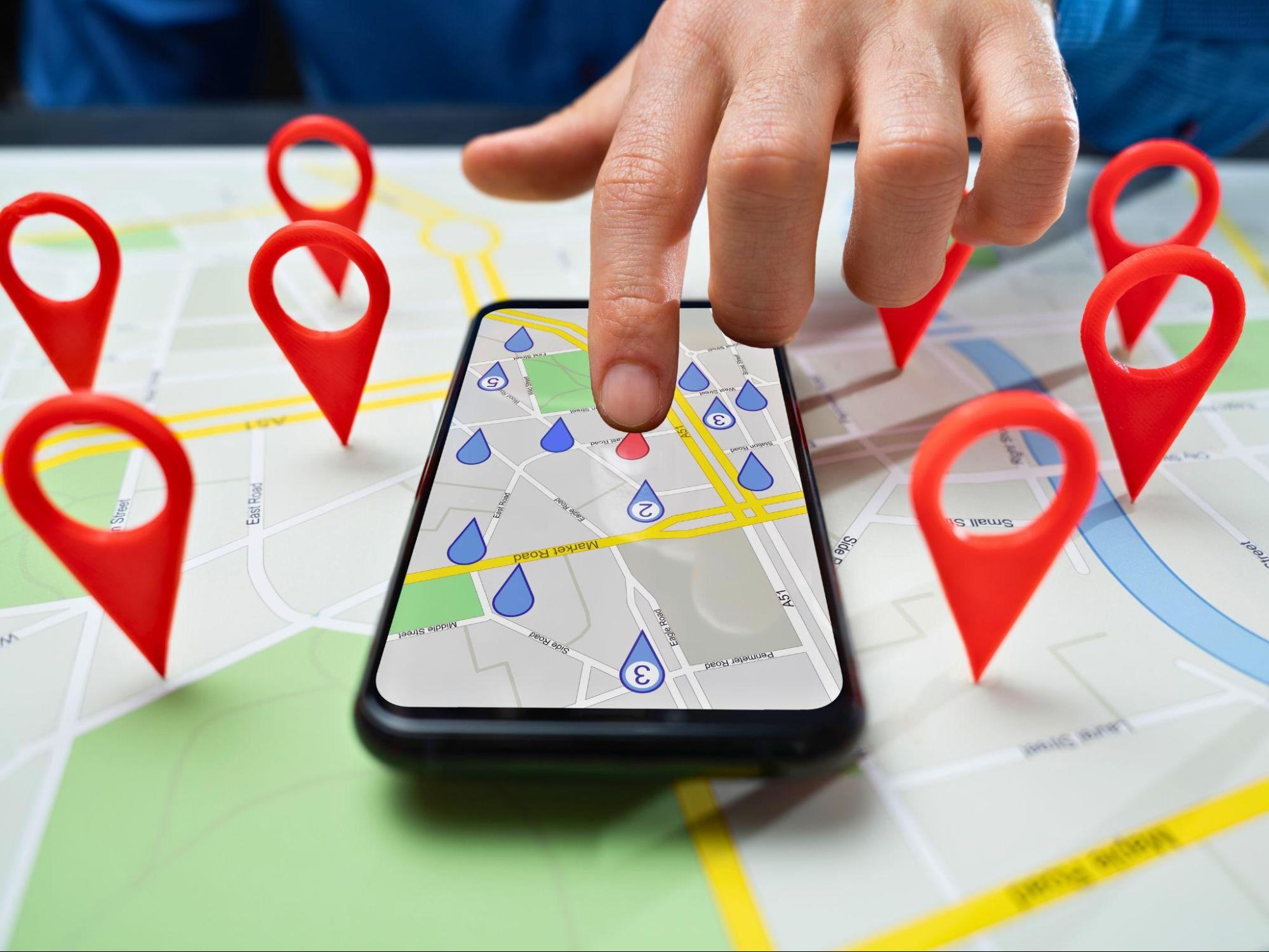Best SEO Practices for Multi-Location Businesses
Businesses operating across multiple locations benefit from unique opportunities but also face distinct challenges in SEO. How can these businesses best leverage their geographic diversity to enhance their SEO efforts? Tailoring your approach to local search can significantly enhance visibility and draw in focused traffic. This piece discusses optimal methods for multi-location business SEO to guarantee strong rankings in local searches across all serviced regions.
Quick Links
Understand the Basics of Local SEO
Local SEO boosts your visibility to nearby searchers, ensuring your business stands out as a welcoming presence in your community. Keep your website updated and engaging, ensure your directory listings are accurate, revitalize your social media profiles regularly, and make your Google My Business pages inviting. This approach not only enhances your online presence but also builds a trustworthy image locally.
Optimize Google My Business Listings
Ensure to create a separate Google My Business listing for each location to effectively manage addresses, business hours, and services offered. It’s vital to ensure that each GMB listing is comprehensive, precise, and contains high-quality images. Consistently updating your GMB profiles with posts regarding new promotions or changes also plays a critical role in maintaining your business’s relevance and appeal to local clientele.
Leverage Local Keywords
Keyword optimization plays a critical role in SEO. Using localized keywords is essential for businesses with multiple locations. This means incorporating city, state, or region-specific keywords into your website’s content, meta descriptions, and titles.Take, for example, a bakery chain targeting “fresh croissants in Austin” or “best birthday cakes in Dallas.”
Create Location-Specific Content
Creating tailored content for each location is an effective strategy to connect with local audiences and boost local search rankings.This could be blogs about local events, news, or activities that link back to your specific locations. Location-specific landing pages should provide relevant information that appeals directly to the local customer base.
Harness the Power of Local Backlinks
Backlinks from locally relevant sites can significantly enhance your local SEO efforts. Encourage local partnerships, participate in community events, and engage with local influencers to generate these valuable local backlinks. Additionally, contributions to local publications or interviews with local media can increase your local visibility and credibility.
Utilize Social Media Locally
Use social media platforms to target content to specific locations. Engage with local audiences by responding to local comments and sharing local events or promotions. This can help strengthen your local social media presence. Customize your social media campaigns for specific areas to engage with local communities by responding to local comments and sharing news about local events or promotions.This can boost your presence on social media in your area.
Implement a Consistent NAP Across All Platforms
NAP consistency—name, address, and phone number—is critical for local SEO. Make sure to maintain accurate and up to date business information across all online platforms. Remember to use the same information on your website, social media, Google My Business, and any other directory listings. Differences in your details can interfere with how search engines view your business and cause uncertainty for potential customers, potentially harming your SEO.
Monitor and Respond to Local Reviews
Good reviews really matter when people are looking for local businesses and determining who to trust. Encourage happy customers to leave positive reviews, and respond kindly to any negative feedback. This shows great customer service and tells search engines that your business is reliable and active.
Consider Mobile Optimization
Make sure to prepare and design your website for mobile and other types of devices. It should load quickly and function seamlessly on both phones and tablets for users.
Advanced SEO Techniques: Structured Data and Schema Markup
Implementing structured data and schema markup on your website is like giving search engines a detailed map of your content. This clarity allows them to display your information in rich, detailed search results, enhancing visibility and drawing more visitors to your site. It’s a powerful way to ensure your content shines in the crowded digital landscape. Local businesses can employ schema to highlight their business locations, hours of operation, reviews, and other particulars in search results.
Tracking and Analytics
To optimize your SEO approach, regularly track and analyze your data. Use tools like Google Analytics and Google Search Console to get a clear view of your performance across different regions. This will show you where your traffic originates and which strategies are effective. By consistently reviewing this information, you can make informed adjustments to enhance your SEO tactics over time.
Conclusion
Multi-location businesses must tailor their local SEO strategy for each location, considering the distinctive characteristics of each while adhering to top SEO practices overall. Optimizing each location separately and maintaining a uniform brand message can improve visibility across various geographic areas.
These best practices not only boost search engine rankings but also enhance user engagement, ultimately driving more traffic and increasing conversions for every location. Whether you want to improve your existing SEO strategy or need comprehensive SEO services, addressing the specific needs and challenges of your multi-location setup will ensure that your business is well-positioned in local searches and ready to connect with your customers.
How to Use AI-Powered SEO Tools for WordPress eCommerce
SEO is a critical factor in the success of any e-commerce WordPress store. As competition…
0 Comments11 Minutes
Why Short-Form Videos Are the Future of Content Marketing
Your Instagram customers spend over 50% of their time watching short-form videos and reels. Rather…
0 Comments12 Minutes
The Role of Digital Marketing in Business Growth
Online marketing touches every aspect of a business, whether it is initiating the idea or for an…
0 Comments3 Minutes
AI Meets Authenticity: Balancing Automation and Human Touch in Content Marketing
Is your brand starting to sound like a robot? In a world where algorithms write faster than any…
0 Comments8 Minutes
Essential Tools for Enhancing Web Design and UX Hosting
Have you ever visited a website that felt slow, clunky, or confusing? A website that is poorly…
0 Comments11 Minutes
How a Mini Cart Transformed My Store’s Shopping Experience
Okay, real talk—running an online store is hard. You think you’ve got everything figured out, you…
0 Comments9 Minutes
Balancing Your Security Initiatives With Industry Compliance Requirements
Managing a business today comes with a number of daily battles that need to be fought. Resources…
0 Comments11 Minutes
Best plugins to enhance the customer shopping experience
Customer experience is a key part of every online store. A good experience helps customers find…
0 Comments7 Minutes








